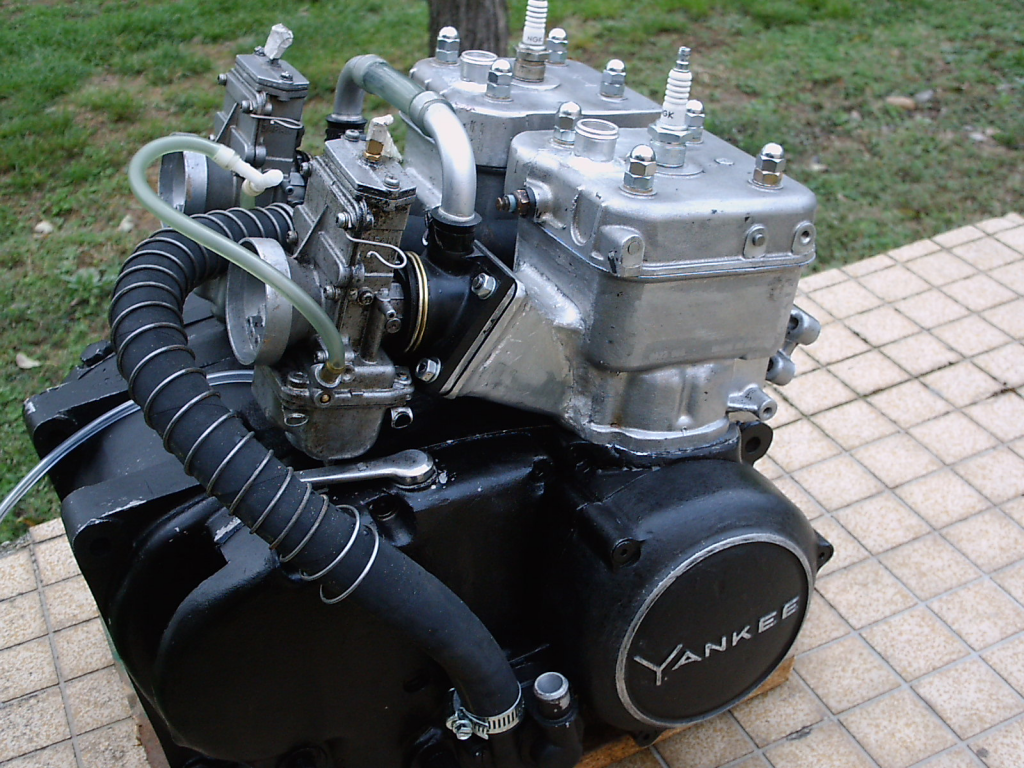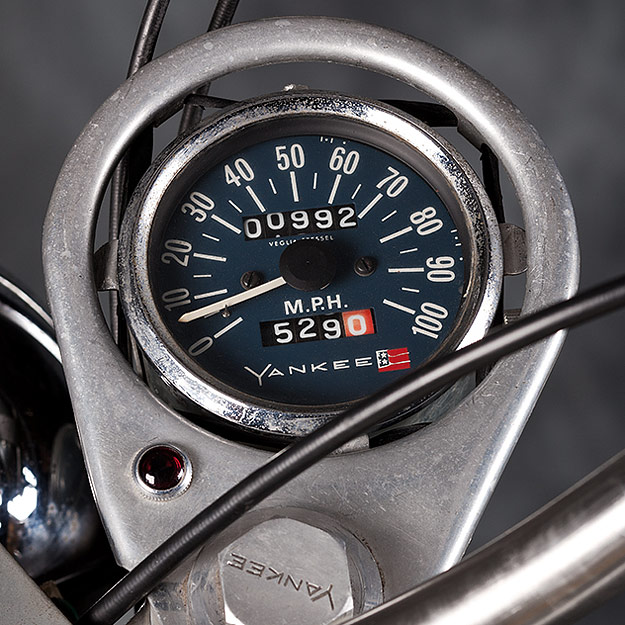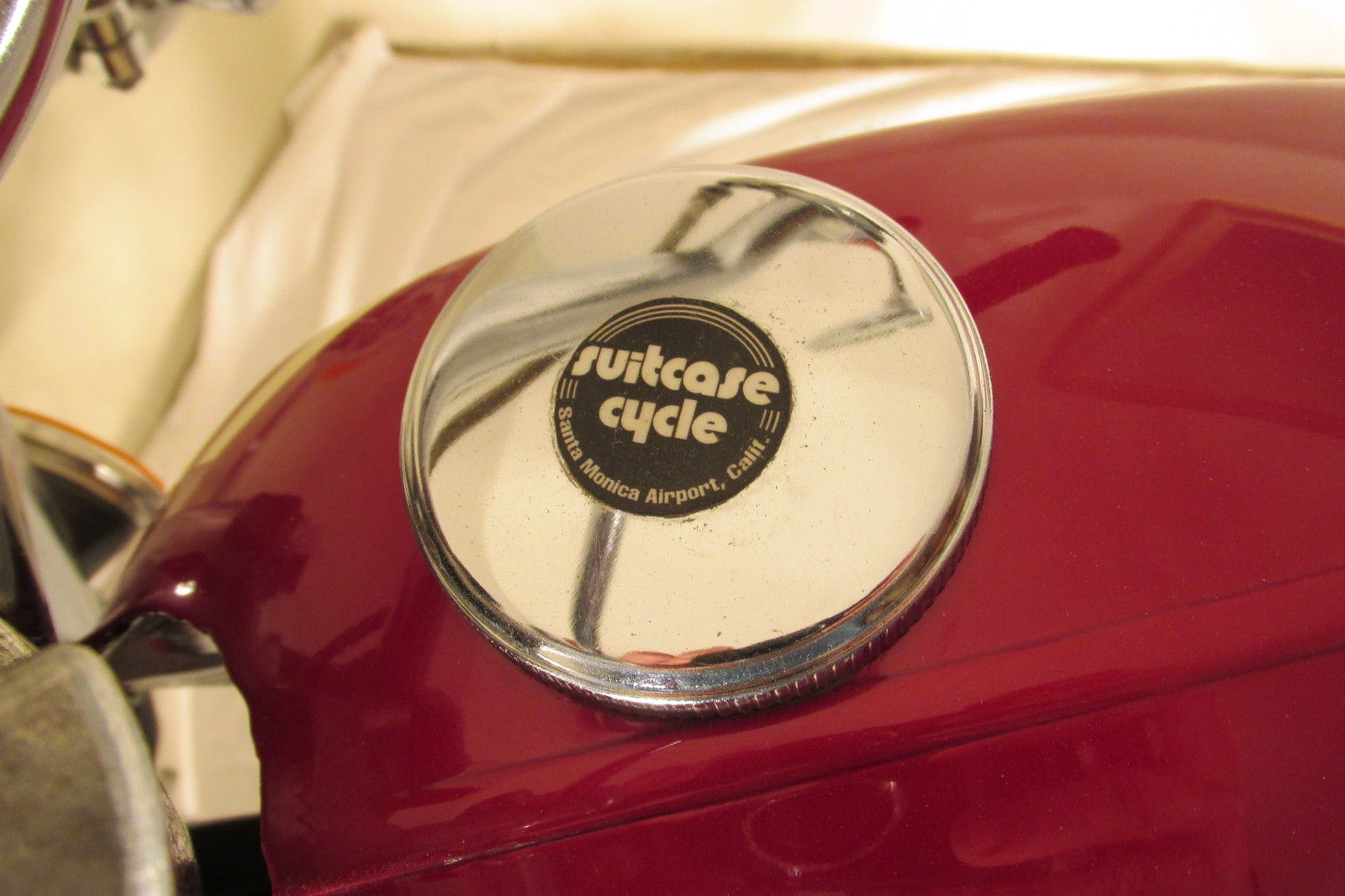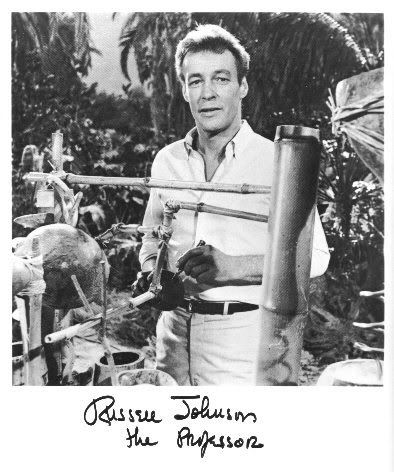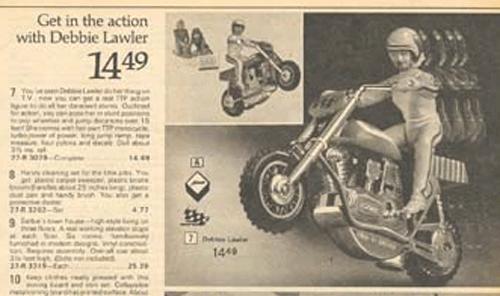



The Uniondale Ghost strikes again.
In my painstaking efforts to keep you informed on what happened today in motorcycle history I came across this newspaper article from the "Daily Breeze" (seriously, that's the papers name) in Torrance, California, dated Friday, April 11, 1980.
In case you're curious (and who isn't?), Uniondale is a small town in the Little Karoo semi-desert region of the Western Cape Province of South Africa.
The motorcycle ghost of the Karoo Desert has struck again. The ghost, said to be a woman who died in a motorcycle accident more than 10 years ago near Uniondale, badly frightened Andre Coetzee, 20, who was breezing along the highway on Good Friday.
"I was riding near the Baramdas turnoff (the site of the fatal accident a decade ago) when I felt my hair stand on end inside my crash helmet and someone or something put its arms around my waist from behind. There was something sitting on my bike," the Skaen Coetzee said.
The frightened motorcyclist said he accelerated to 80 mph to get away, but the ghost hit him three times in the helmet to get him to slow down. "The blows were vicious,' he said. When he reached 100 mph, Coetzee said, 'the apparition disappeared." Coetzee drove to a local cafe for help.
"He could hardly speak when we asked him what had happened. But gradually it dawned on us that the woman ghost had appeared once more," said Jeanetta Meyer, the cafe owner.
There have been several reports in recent years of motorcyclists picking up a blonde woman hitchhiker near Uniondale, only to find that she had vanished from the back seat after a few miles.
In case you're curious (and who isn't?), Uniondale is a small town in the Little Karoo semi-desert region of the Western Cape Province of South Africa.
According to the local media, in stormy weather on Easter weekend of 1968 a young engaged couple had a car accident on the Barandas-Willowmore road (N9) around 10 miles outside of town. The woman, Marie Charlotte Roux, was sleeping in the back seat of their Volkswagen Beetle when her fiancé lost control of the car. The car overturned and she was killed.
The first reported sighting of a female hitchiking ghost occurred during the Easter weekend of 1973 and since then, on the anniversary of the accident, a butt-load of sightings have been reported. Oddly, they all involve a female hitchhiker who is given a lift and then...
The first reported sighting of a female hitchiking ghost occurred during the Easter weekend of 1973 and since then, on the anniversary of the accident, a butt-load of sightings have been reported. Oddly, they all involve a female hitchhiker who is given a lift and then...
If you're looking to buy some new music there is a song available out there called "Bloometjie Gedenk aan My (Oh, My Flower, Remember Me)" by Anton Goosen.
Hey, Rick, is it any good? All I can say is it did make the list, "1001 South African Songs You Must Hear Before You Die". You listen, you decide.









